Dogs thrive on routine and predictability, making training rituals an effective way to reinforce good behavior. Rituals provide structure and consistency, allowing dogs to associate specific actions with training sessions. When dogs know what to expect, they feel more confident, making learning more effective.
So, how exactly do training rituals help your dog learn? Let’s explore the key benefits and methods of implementing them.
How Do Dog Training Rituals Work?
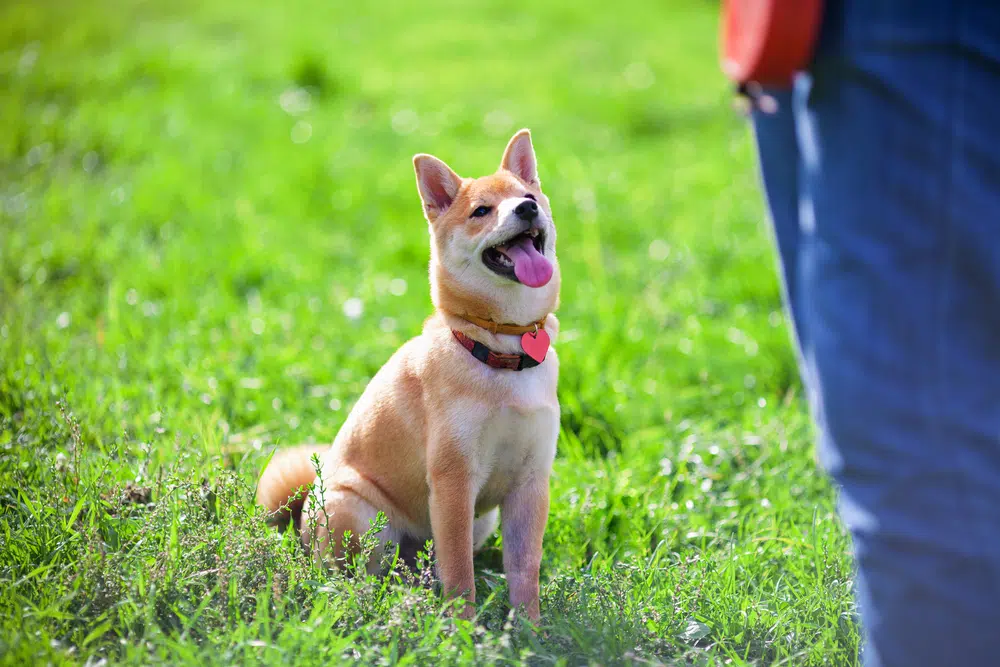
A training ritual is a repeated routine or cue that helps communicate with your dog. Once established, the ritual can be used consistently to signal different training activities. The key to success is making the training sessions engaging and fun for your dog. You can also use a specific keyword like “release” to indicate the end of a training session, letting your dog know they are free to relax.
Training rituals can include cues that signal the beginning or end of a session, which is especially useful for canine sports or competitions. These cues might be phrases like “Let’s start training” or “Training is over.” While verbal cues are common, environmental cues—such as location or specific accessories—can also be used effectively. For example, taking your dog to a specific training spot in your garden can act as a signal that training is about to begin.
Some dogs associate certain accessories with training sessions. For example, if your dog wears a special collar only during training, putting it on becomes a signal that training is starting.

Types of Dog Training Rituals
1. Training Start Rituals
This type of ritual includes cues that indicate training is about to begin. The cue can be verbal, environmental, or even an accessory. However, you first need to train your dog to understand what the cue means and what behavior is expected.
For example, if you always take your dog to the backyard for training after breakfast, your dog will associate this sequence with training time.
2. Training End Rituals
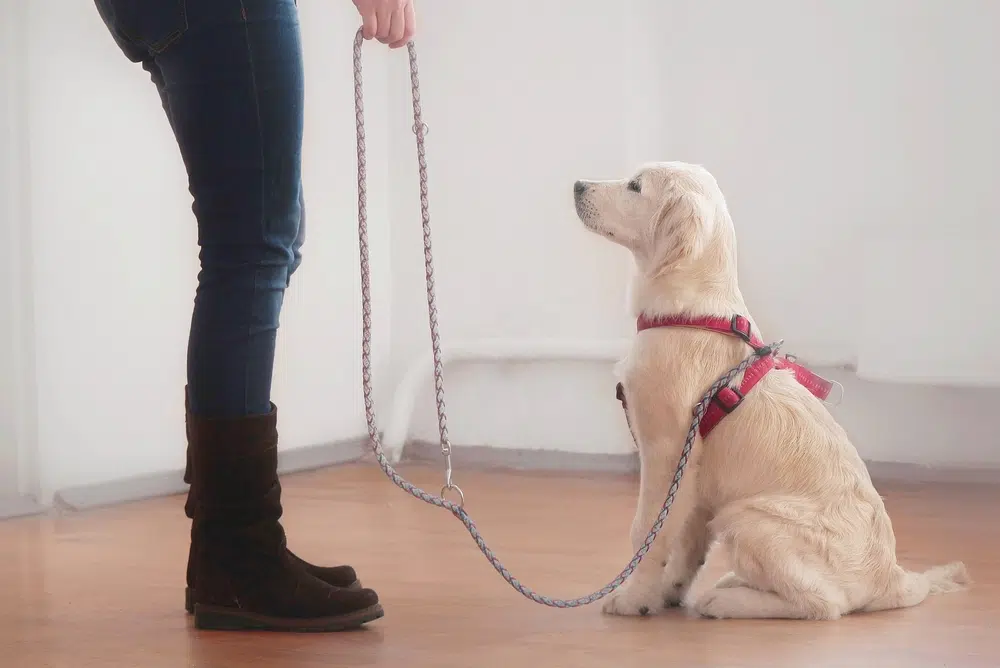
This type of ritual signals the end of a training session. It can be verbal (e.g., “Training is over”) or environmental (e.g., putting the leash back on). Over time, your dog will recognize these cues and understand that training has concluded.
3. Competition Training Rituals
For dogs involved in competitions or sports, training rituals play a crucial role in helping them understand when to perform and when to stop. These rituals establish a clear beginning and end to their performance.
4. Daily Training Rituals
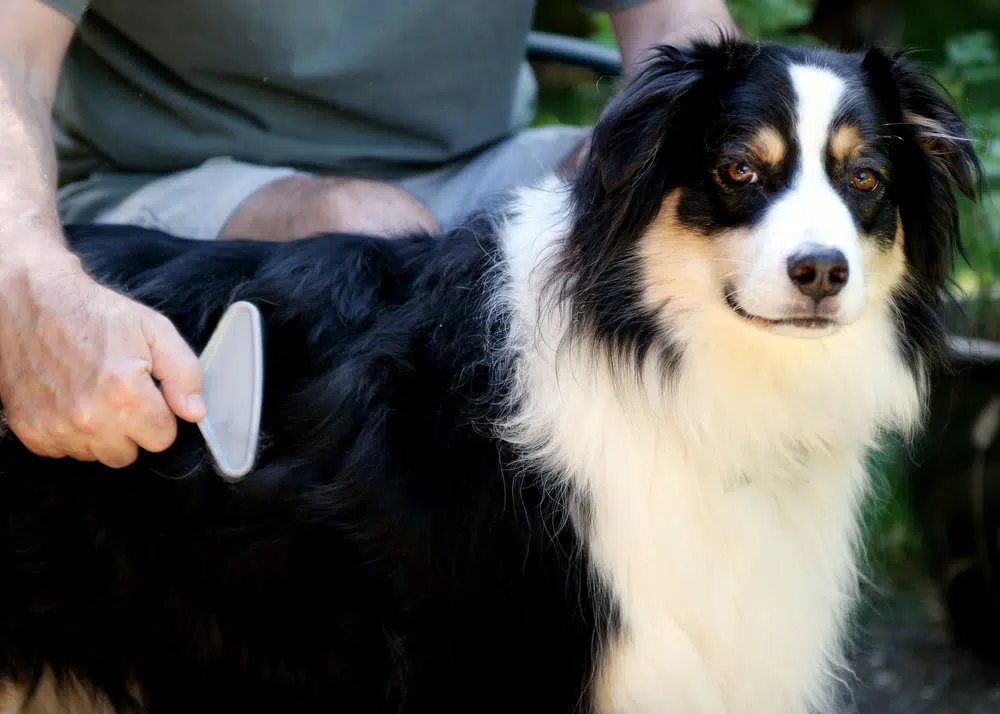
Dogs thrive on routine, and incorporating training into their daily schedule can make learning more effective. If certain activities always precede training—such as eating breakfast or brushing teeth—your dog will anticipate training as part of their daily routine.
Why Use Training Rituals?
Training rituals create structure and consistency, helping dogs learn more effectively. When your dog receives a clear signal that training is starting, they will be more focused and engaged. Without a training cue, they may struggle to concentrate.
Additionally, training rituals are beneficial for competitions, as dogs learn to wait for cues before starting their performance.
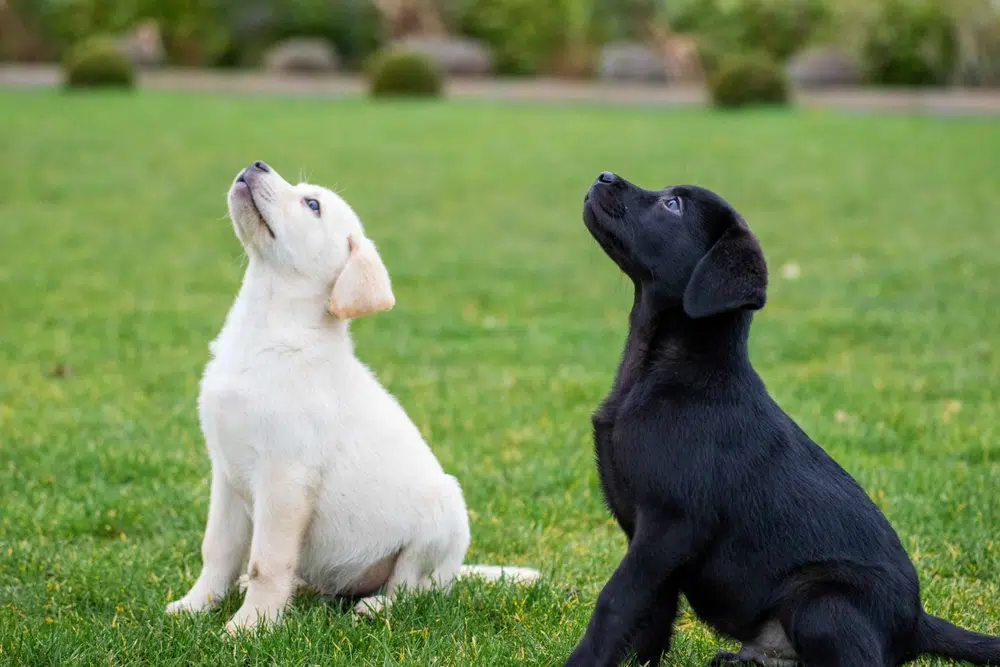
Pros of Dog Training Rituals
- Establish a structured and predictable routine.
- Clearly signal the start or end of training sessions.
- Improve focus and engagement during training.
- Strengthen the bond between you and your dog.
- Enhance performance in canine sports and competitions.
- Provide comfort and consistency in daily life.
- Help teach new skills effectively.
Cons of Dog Training Rituals
- Interruptions to the ritual may confuse your dog.
- Skipping rituals can decrease motivation for training.
- Dogs may struggle to understand different training cues.
- Dogs are always learning, even outside of training rituals, which can lead to unintended associations.
- Not as effective for breaking bad habits at home.
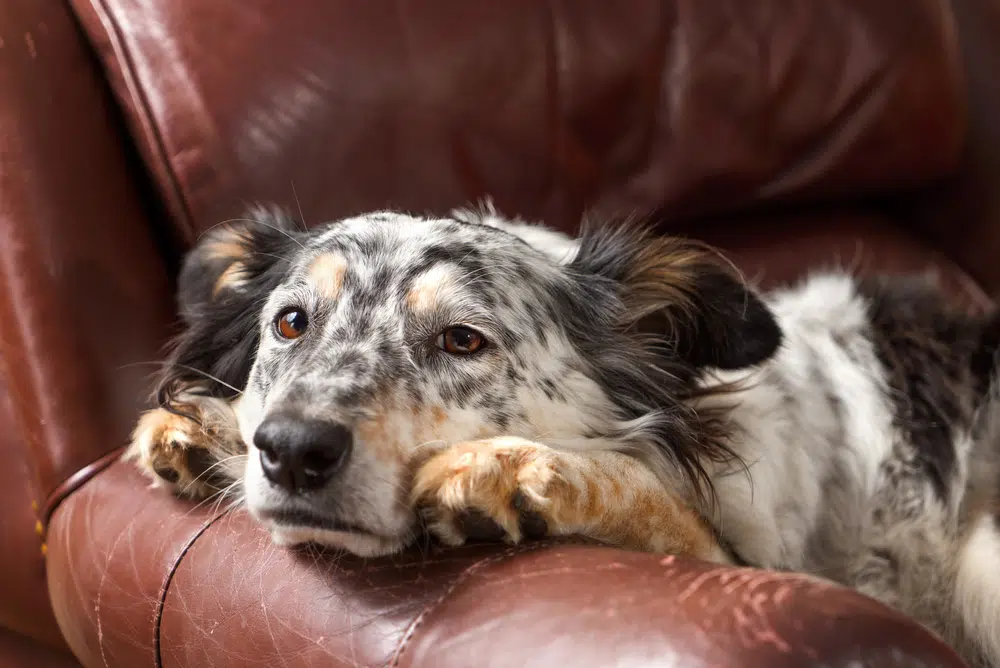
Does Every Dog Need Training Rituals?
Not every dog requires a structured training ritual, but the benefits make it worth considering. Training rituals help dogs focus, learn better, and establish clear communication between you and your pet. In some cases, rituals develop naturally when dogs associate certain actions with training.
For example, if your dog notices that you put on shoes before heading outside to train, they may naturally link this action to training time. Because rituals are predictable and repetitive, they provide a sense of security and comfort for your dog.

Final Thoughts
Dog training rituals provide structure and predictability, making it easier for dogs to focus and learn. They help signal the start and end of training sessions, which is especially useful for competitions.
While some training rituals develop naturally, you can also create specific cues to help your dog associate them with training. By incorporating rituals into your dog’s routine, you can improve training effectiveness, strengthen your bond, and make learning more enjoyable for your furry friend.
See Also:
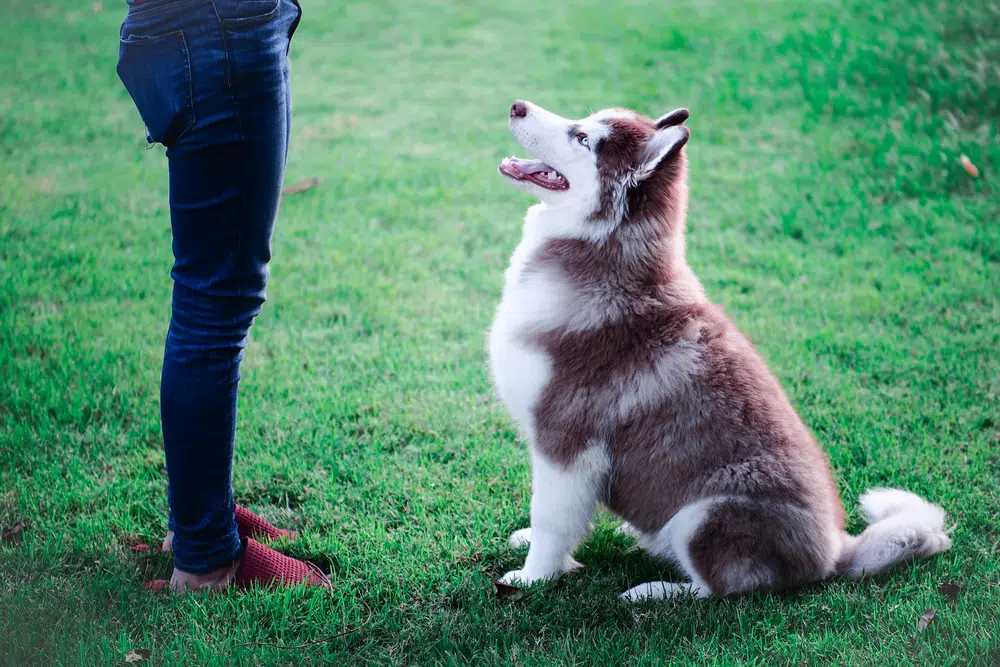


Pingback: How to Teach Dog Tricks: A Step-by-Step Training Guide - Happy Paws Spot
Pingback: How to Train a Dog That Doesn’t Like Treats: A No-Treat Reward Training Guide - Happy Paws Spot